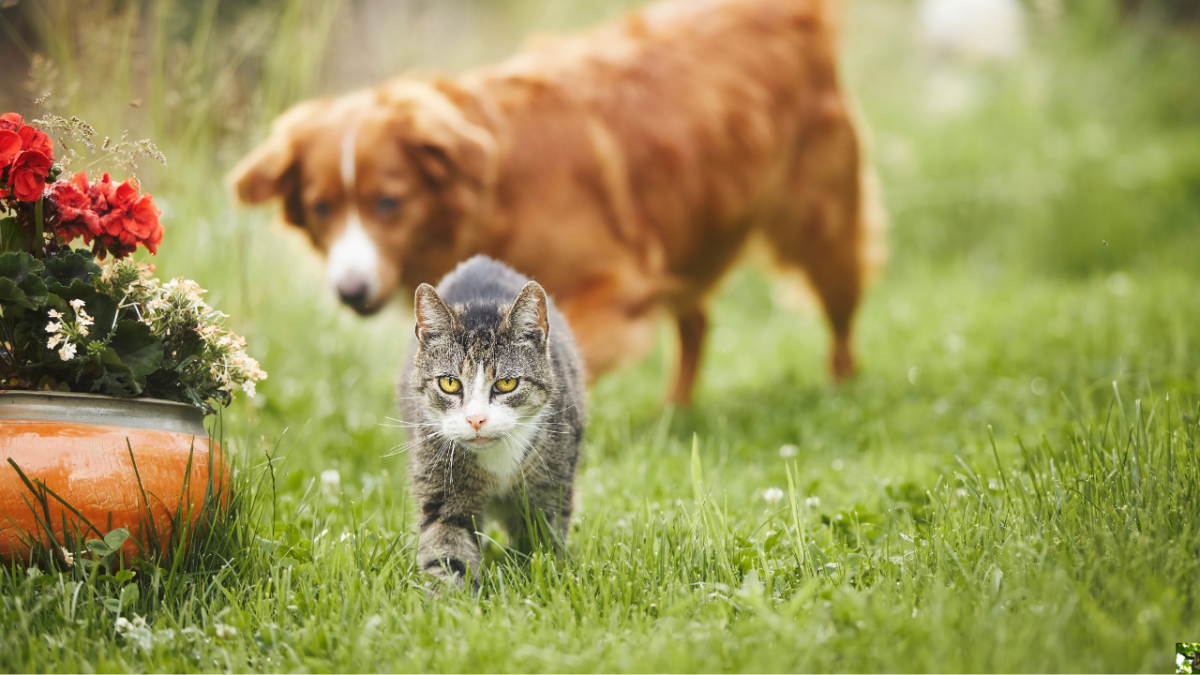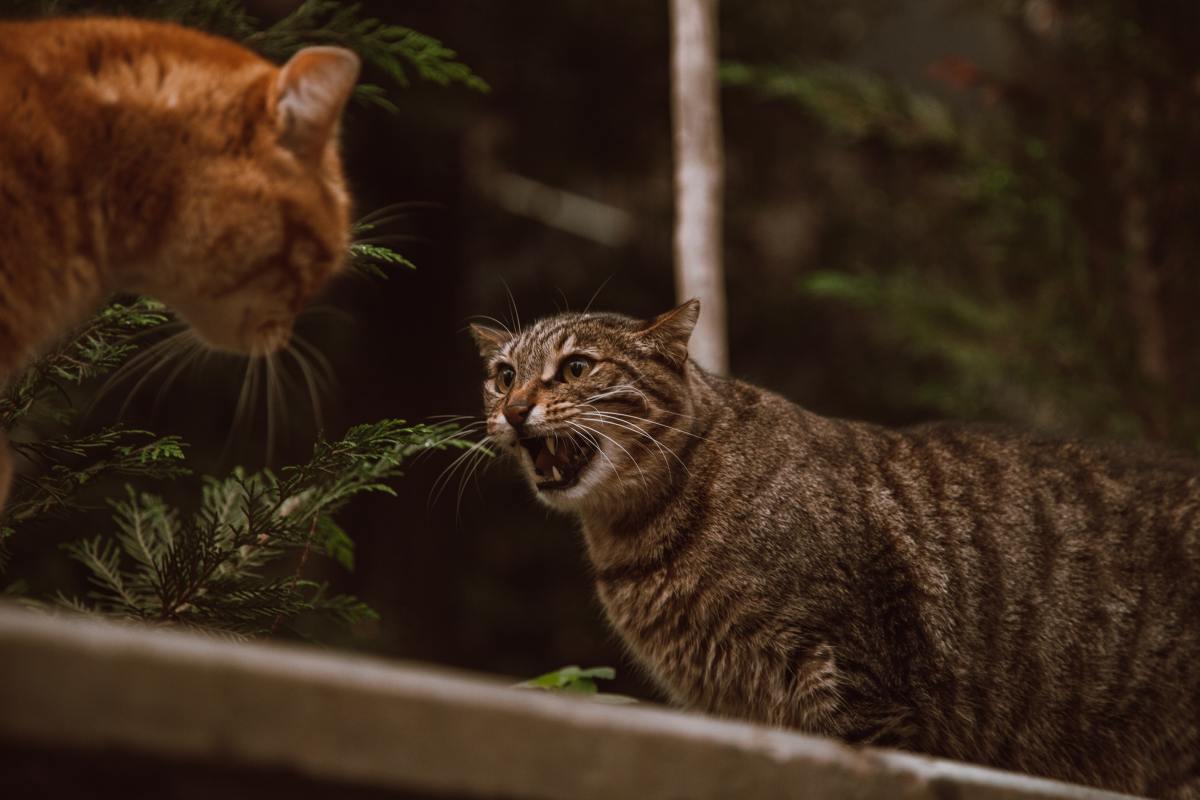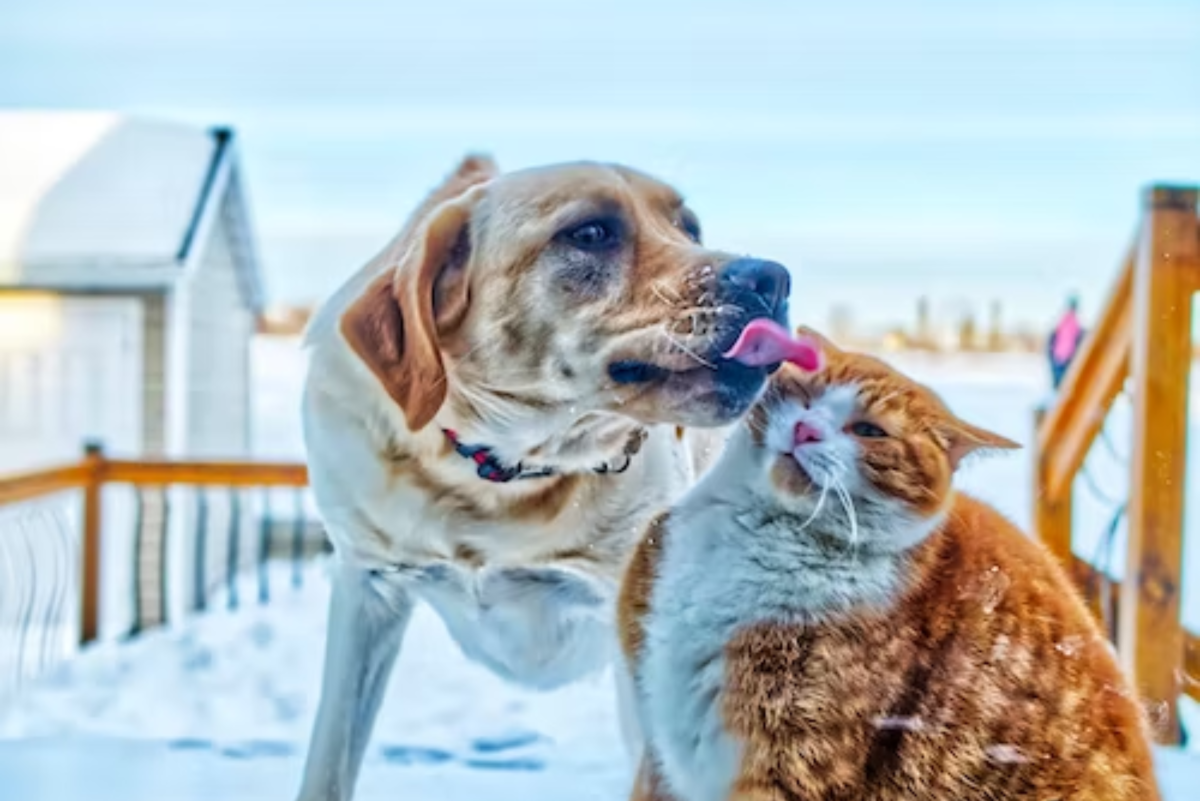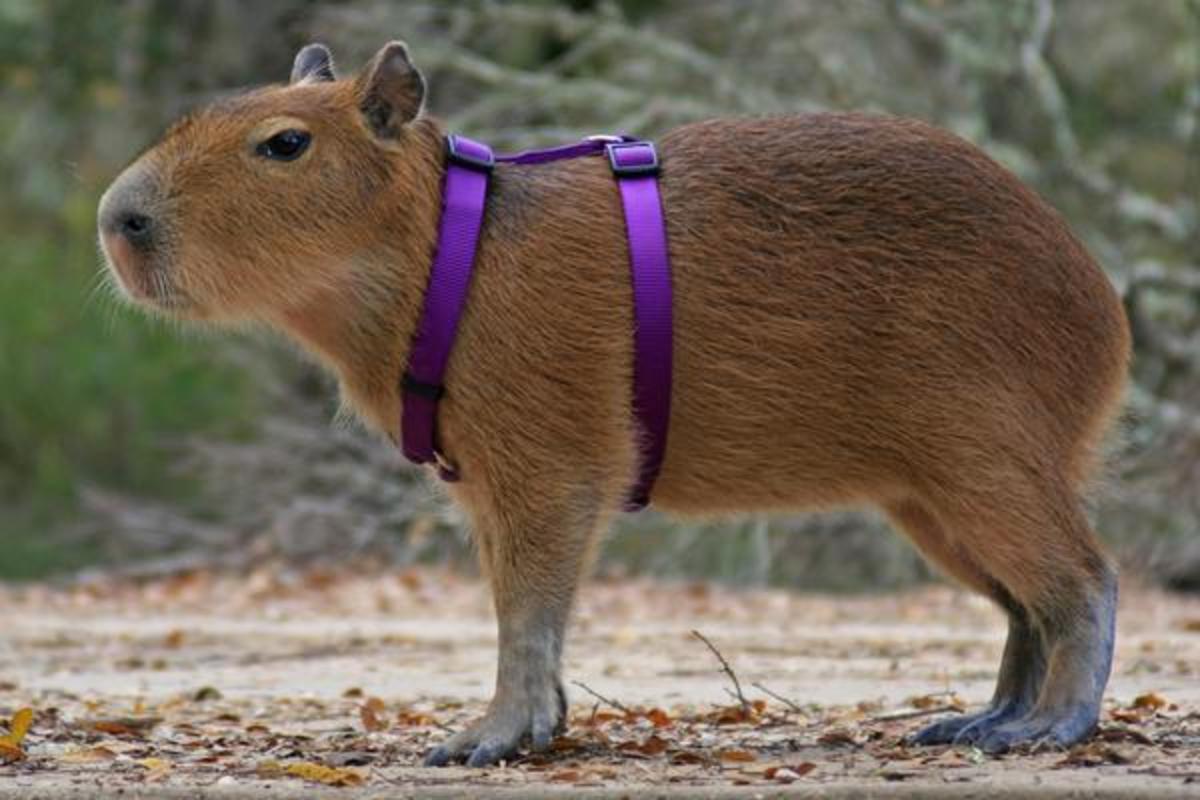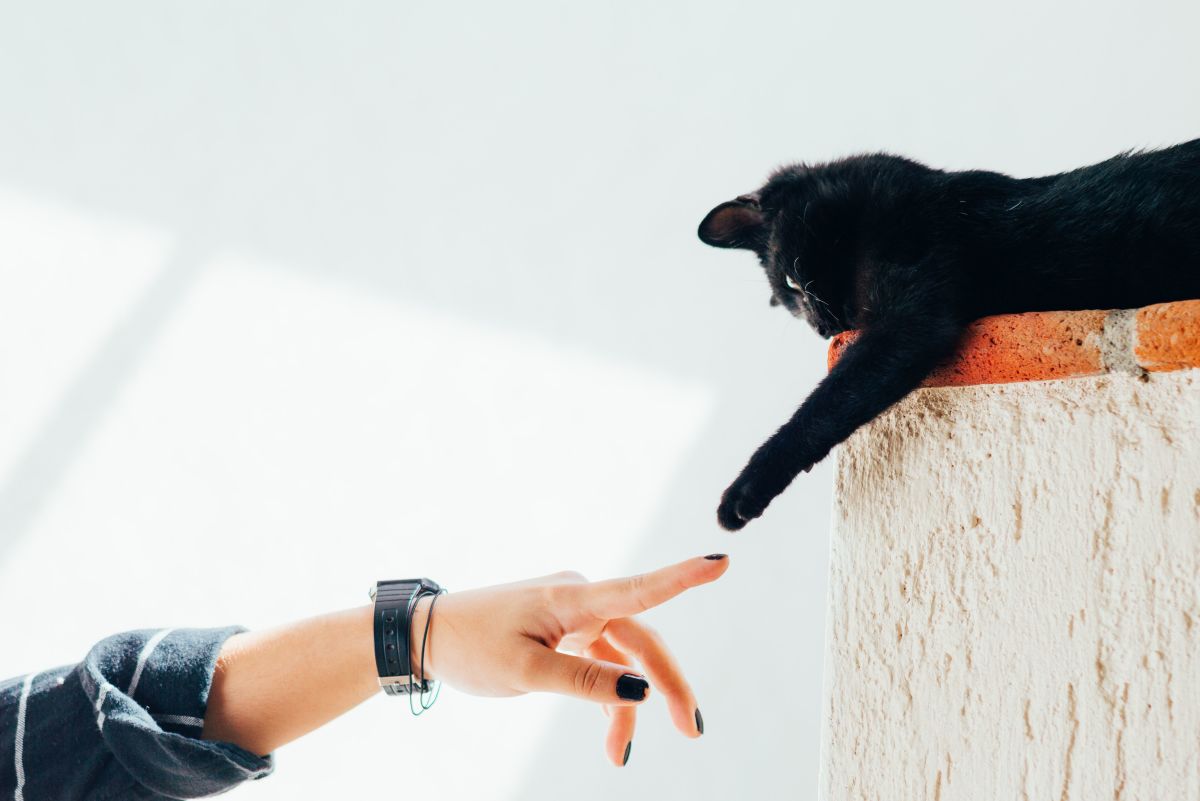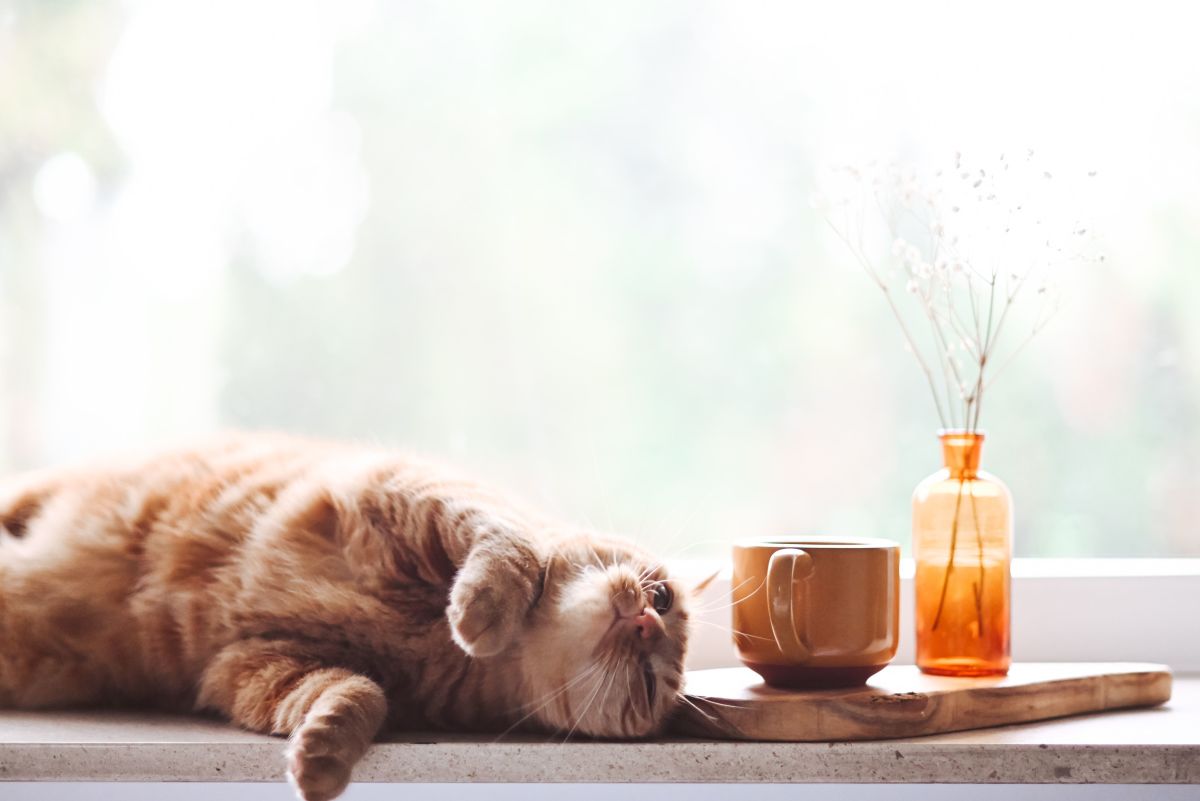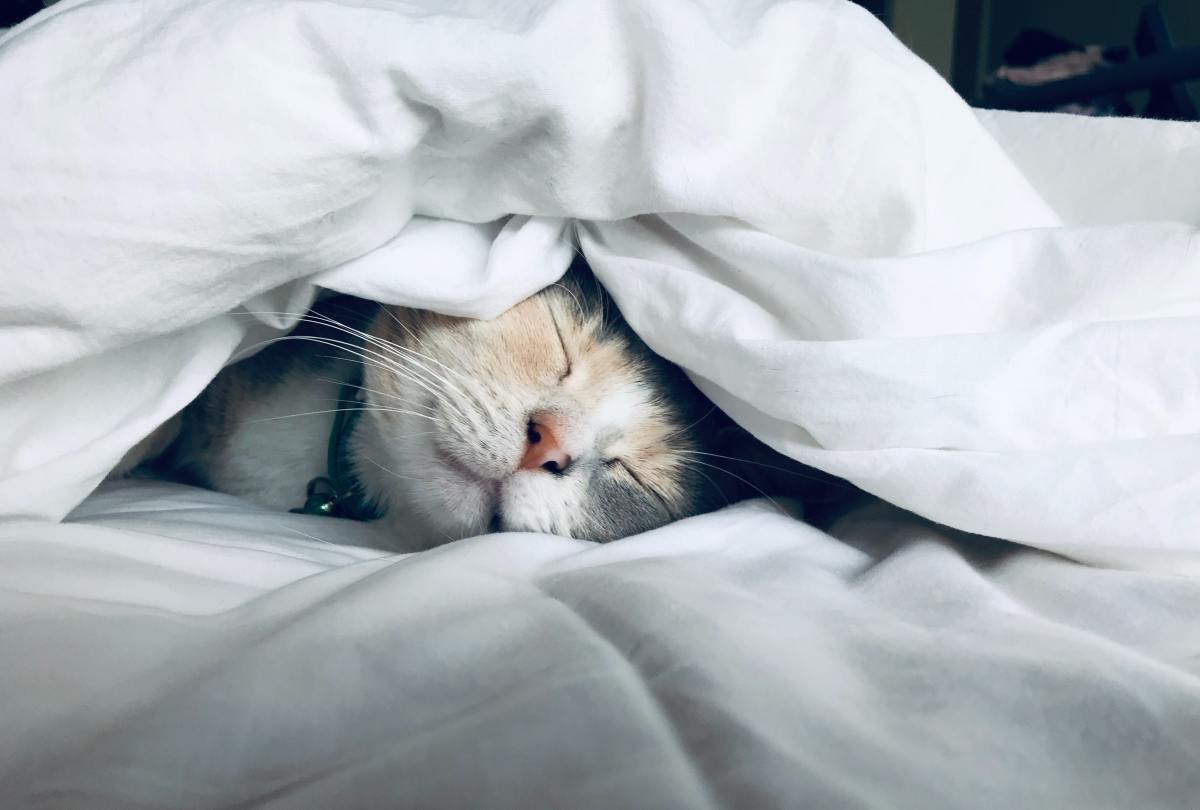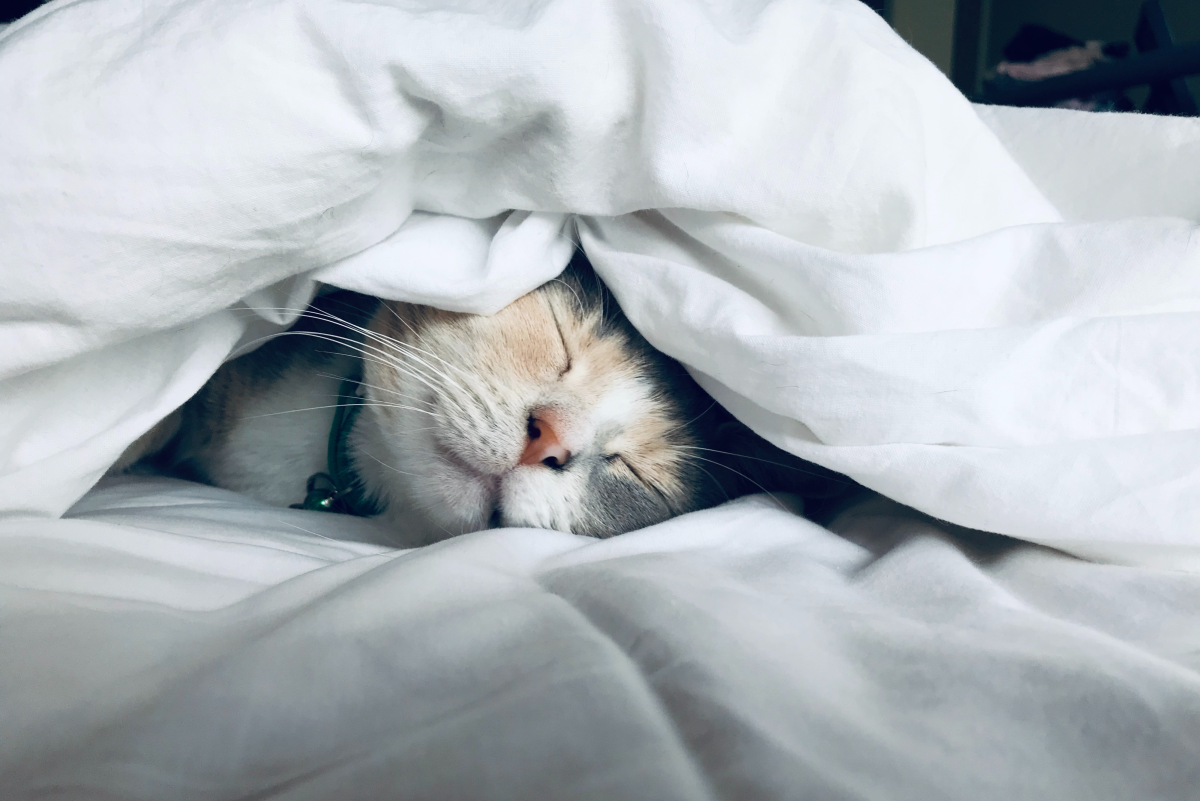Cats And Dogs CAN Get Along: A Guide
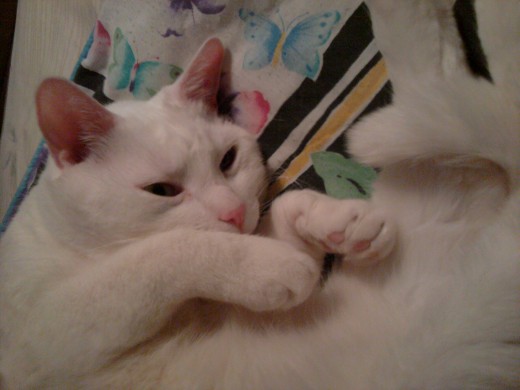
Cats Versus Dogs
Some stick to the old adages: "Cats rule, dogs drool" and vice versa, and the phrase "fights like cats and dogs" is used to describe kids often. There seems to be this constant competition between the two species. How do we fix this?
I love both cats and dogs, but whether you're a cat person or a dog person (or a both person), I think it's safe to say that we all worry about whether the animals we own will get along.
Body Language
Let's face it; our pets' body language differs. Not only from species to species, but also between individuals!
Most dogs wag their tails when they're happy. Cats, on the other hand, wag their tails in agitation. The differing body language, simply put, has to contribute to communication differences between them. While one is showing an invitation, another is showing a warning. No wonder a dog is usually eager to get close to a cat!
Dogs jump and bounce when they're getting ready to play. Cats bounce and jump to get away. This leads to dogs becoming excited that the kitty wants to play, and the cats becoming terrified at the dog's seemingly erratic and unpredictable behavior. Again, their body language is much of their communication; the language is just different.
How To Get Them To Like Each Other
Here I have a couple of behavioral pointers that may help you get your differing pets to get along. Good luck! If you have experiences that you would like to share or more tips, let us know in the comments!
So Can They?
This is always up for discussion. Some will swear up and down that all cats and dogs can get along and that it's just the training. Others will say that it's in their natures to hate the other species and to not expect much. I say it takes a lot of factors, and that the core of whether or not they get along lies somewhere in the middle.
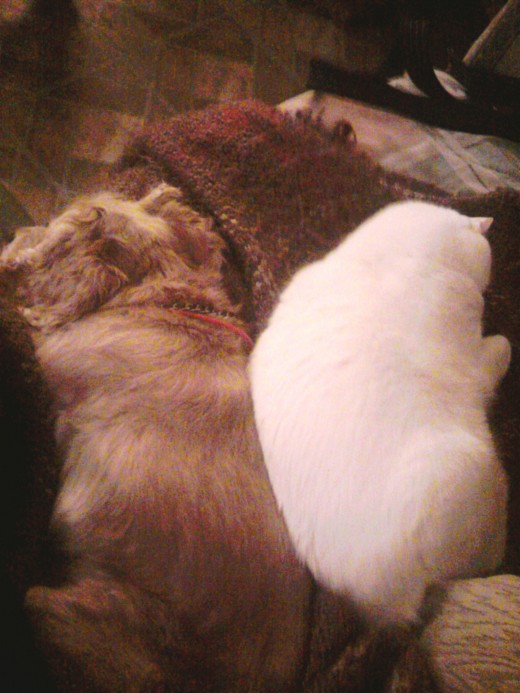
1. Pets and Territory
When you own more than one pet or are introducing a new one into your home, it is essential to make sure each pet has their fair share to roam the house. Both cats and dogs love to sniff out what is or will be their territory. By having time to roam, you are giving your pet three things:
- One, you are giving a new pet time to adjust to a new place.
- Two, you are allowing them to relax in this place, new or home.
- Three, you are giving them the time it needs to come to the realization that (and to become comfortable with the fact that) he is not the only other animal who lives there.
This time to roam will also allow your pet to spread his or her scent about the house. Once that is accomplished, you can lock that pet in another room and let your other pet(s) come out to take their turn in acquainting themselves with the new pet's scent.
Taking turns every once in a while may also relieve the stress of a pet who has had to share for a long time. Allowing pets to become comfortable in their home is essential.
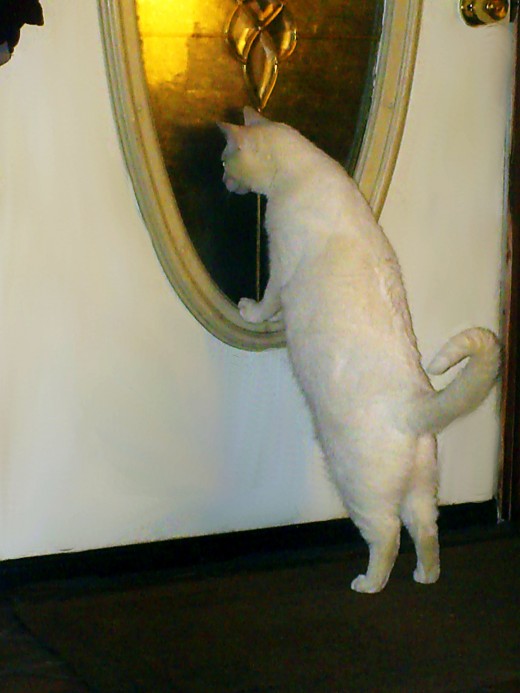
2. Include Both Pets
Make sure to spend equal time grooming, feeding, petting, and cooing to your pets when you get home.
This shows them that they are shared in the ownership. Jealousy in multiple pets shows often. If you have both hands free, use them. Do not ignore one in favor of the other, as this may increase jealous tendencies and encourage ambivalence (and maybe a power struggle) between them.
Instead, if you're going to sit on the couch, let an animal snuggle on either side. If you're going to let one animal outside, let the other one out, too. If the cat is an inside cat, talk to him while waiting until the dog is ready to come back inside.
As you can see to the right, I had gotten Prince Fredward to watch for me; I never forgot about the dog, as Prince Fredward would let me know when the dog was ready to come back in!
Most animals are territorial. So if you're wondering if your pets will be okay with the neighbor's pets, the answer is: probably not. At least not on your property.
Cats will arch their backs, hiss, and chase away most strange cats. A cat may acquire a friend from one neighboring house or another when roaming away from your property, but do not expect a gang of cats to hang out in your front yard.
3. Quelling Aggression
If you see one pet or the other start to become aggressive, simply say "no" in a stern voice. Do not yell! A calm, stern voice will help to reinforce that the behavior is unacceptable.
Even more important is positive reinforcement. Keep treats available for when your pets interact well. Again, this will reinforce that the behavior in this case is acceptable and encouraged. Positive reinforcement will always help your cat and dog to get along.
Even better than the word "no" is the noise "uh!". I'm not quite sure why, but it works wonders. Whenever Prince Fredward is getting a bit too close to my food, all I have to say is, "Uh! That's not yours." He backs away and settles in (just like a dog, I might add) to see if I offer anything after that.
Usually only about 30 seconds to a minute after telling Prince Fredward no or uh, I'll see that he's settled, and I immediately start to coo and tell him he's a good boy. This is the reinforcement that is the most important. I'm letting him know that he's good for listening to me and that my no wasn't because he's bad, but because of a preference I have. It's amazing the difference it makes!
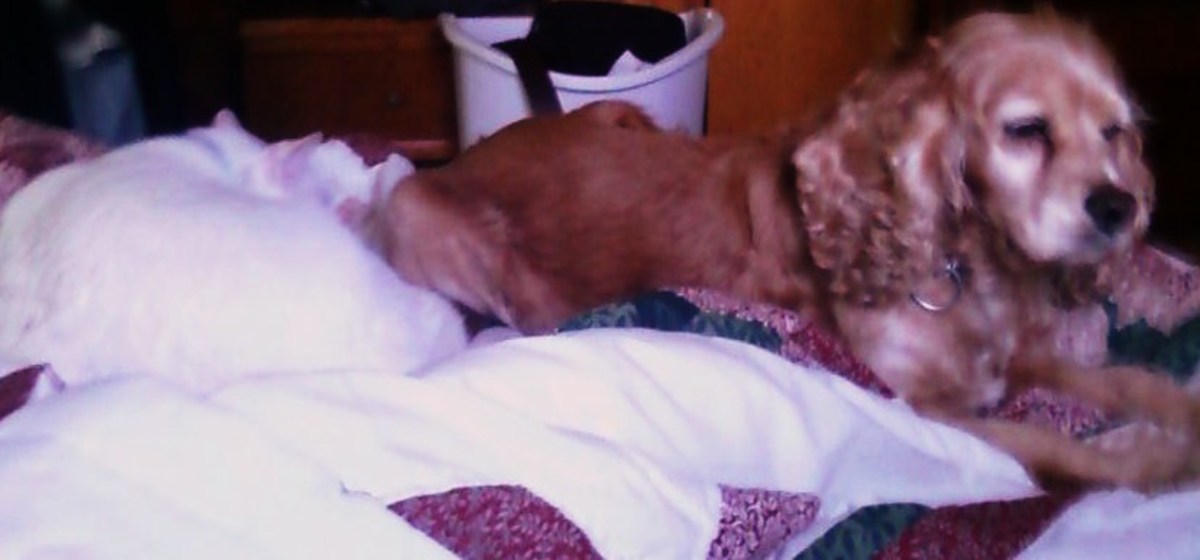
4. Pet Size
Does the size of the animal matter when it comes to whether or not your pets will get along? Prince Fredward and Jamie were relatively the same size. I am pretty sure this helped with why they got along so well. (It also helped that Jamie didn't have a full tail. She only had a little nub, so the whole tail wagging miscommunication was not a thing!) Fredward just did not see Jamie as much of a threat.
Having a larger dog and a smaller cat will not make it impossible for your pets to get along, either. As long as you introduce them to one another slowly and use positive reinforcement, they will interact peaceably in time.
We used to have a grey hound/yellow lab mix and a gray cat. They ignored each other just fine, despite the size differences. The cat wasn't a cuddler to begin with, so true to their personalities, they found a way to peacefully coexist.
5. Sharing Play Time
When we still had Jamie, I would play fetch with a soft toy in the house. Jamie was going deaf already at that point, and she was pretty laid back about the cat anyway. The cat would hide and then dart out and swat at the dog's tail as she ran by for the toy. Jamie (thankfully) was oblivious to the cat's attentions.
If another dog comes to the house, as my brother's black lab Remy sometimes travels with them, Prince Fredward is not a happy camper. Not only is the dog unfamiliar and not a resident of our house, but he's about 5 times larger! I'm sure if I were to play fetch with Remy, Prince Fredward would not be playing along; he would be hiding upstairs in a corner instead of close by because such an unfamiliar animal running around in his house would startle him.
Watch to see Prince Fredward playing along with Jamie!
Sharing play time with pets isn't always so easy! Just use your trial and error as you get to know your pets' personalities more intimately. Does one like the red laser light, while the other prefers fetch? Point a light as the other runs and returns!
And even if you need to, consider having a pet put in a crate/bed/room while playing with one, and then bring the other out after. Sometimes sharing separately just works best. Either way, taking equal time with your pets will only help to keep them living together in harmony!
Please vote! =) I'd love to hear from you.
Do your opposing species of pets get along?
6. The Final Step
This seems simple, but it's often missed.
Be consistent!
It's counterproductive to tell a cat no when she wants to interact with your dog one day and then the next day try to make her sit next to the dog. It's confusing when you keep changing your mind.
Most importantly, it's unfair to pick a favorite pet and then favor one over the other. Pick rules and even write them down if you need to, but make sure that you stick to it and be consistent! This will help your animals to get along easier and faster.
Check Out These Books
Other Helpful Hubs I've Read
- How to Introduce a Dog to Cats
So felines have ruled your world up to this day, and now you have decided to add a canine friend to your purring kingdom. - How to Stop a Dog From Chasing Cats
Chasing cats indeed is a very undesirable hobby. This is where human intervention is the key to stop this unpleasant and unwanted behavior.
© 2011 Jennifer Kessner




